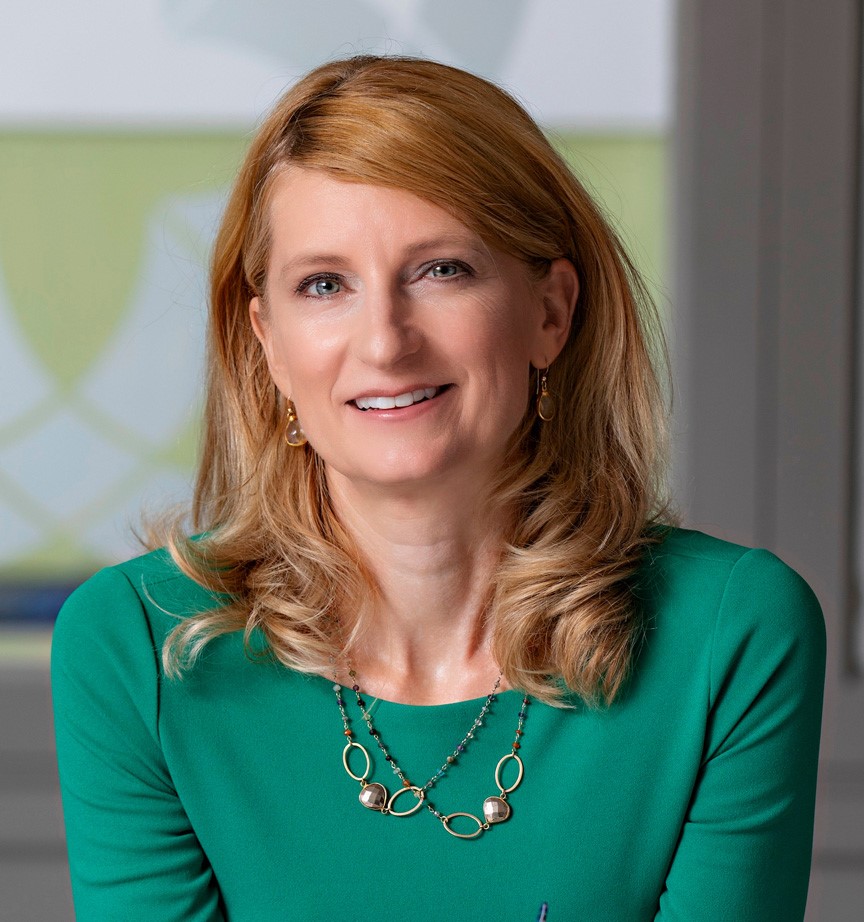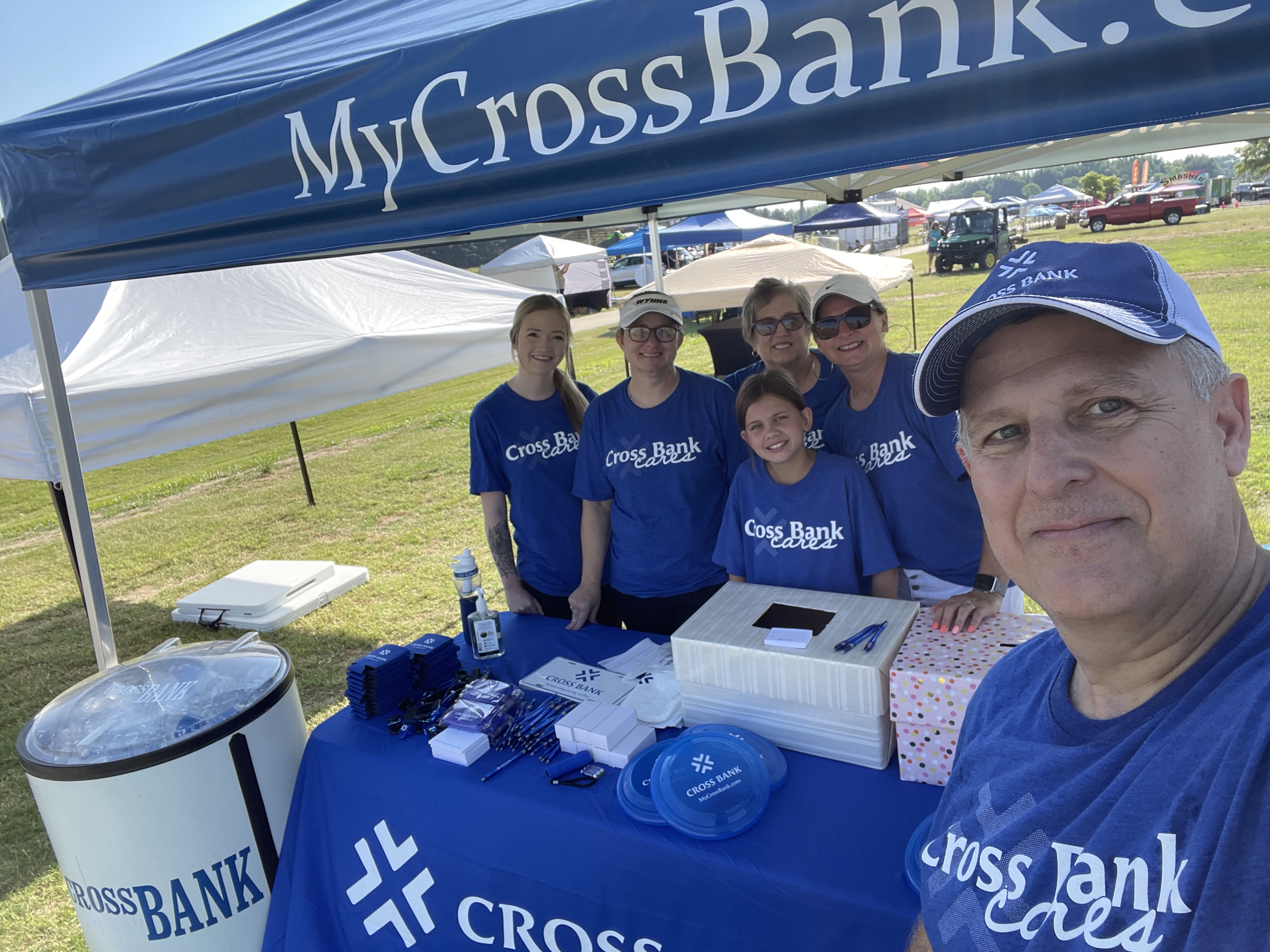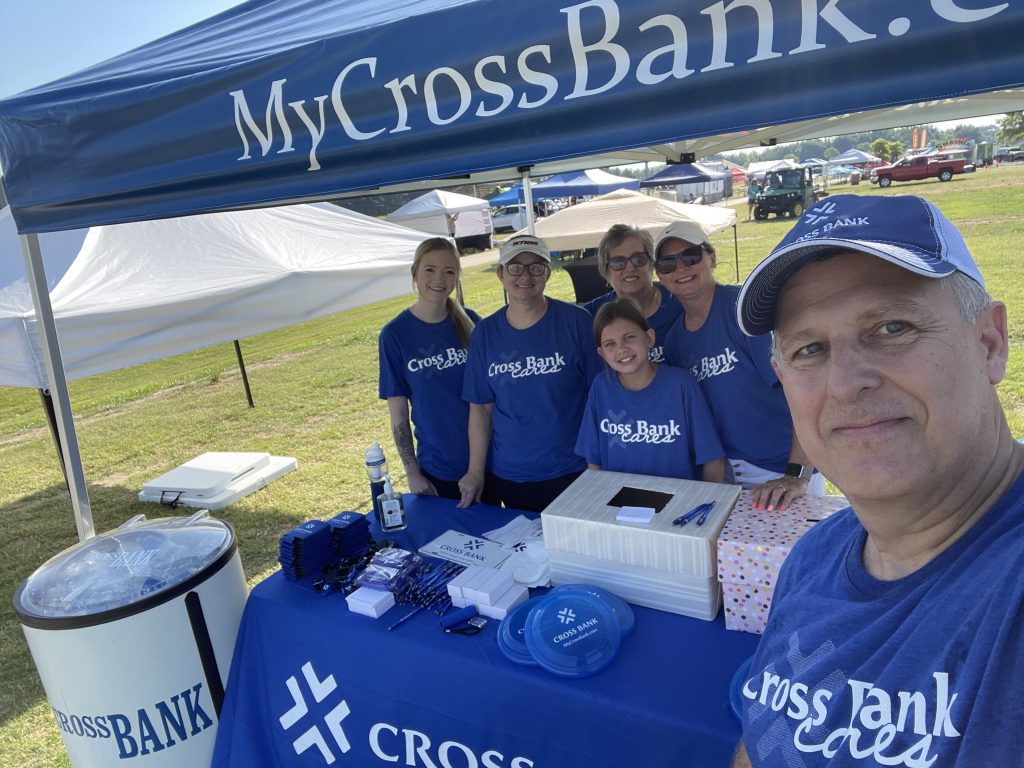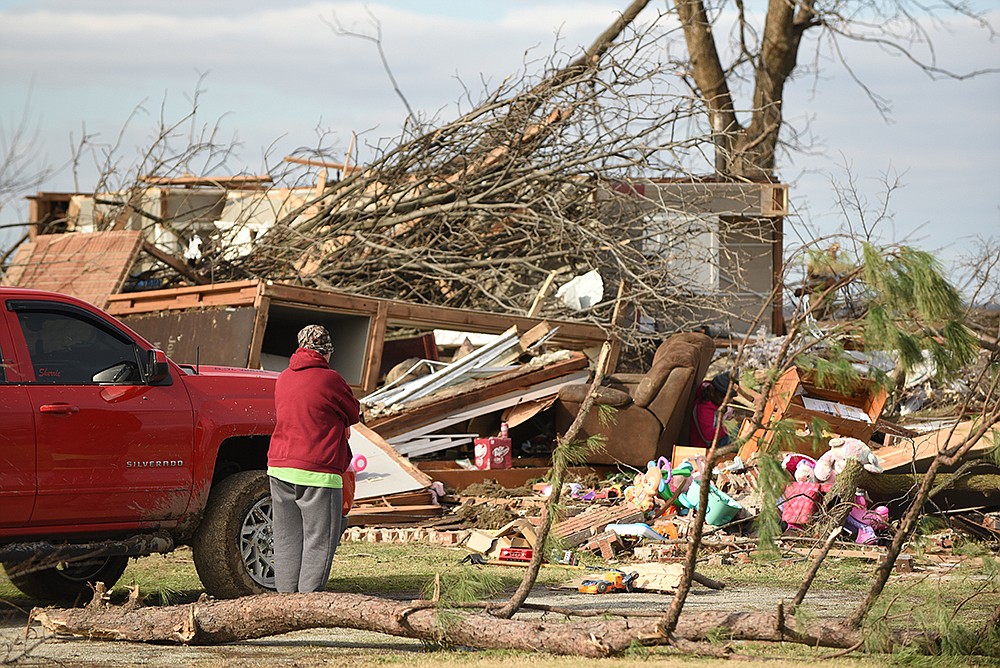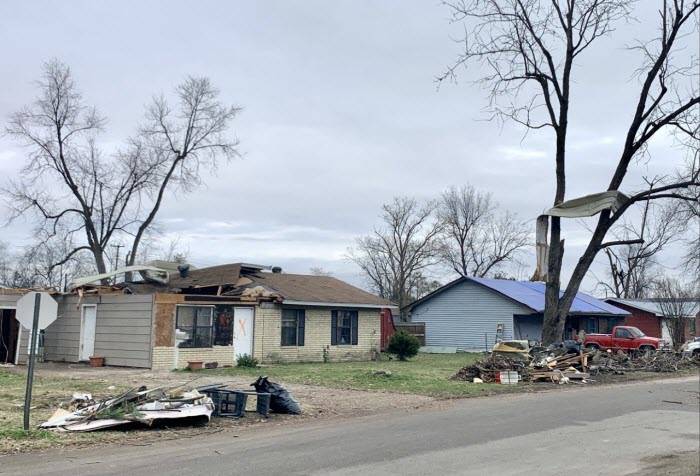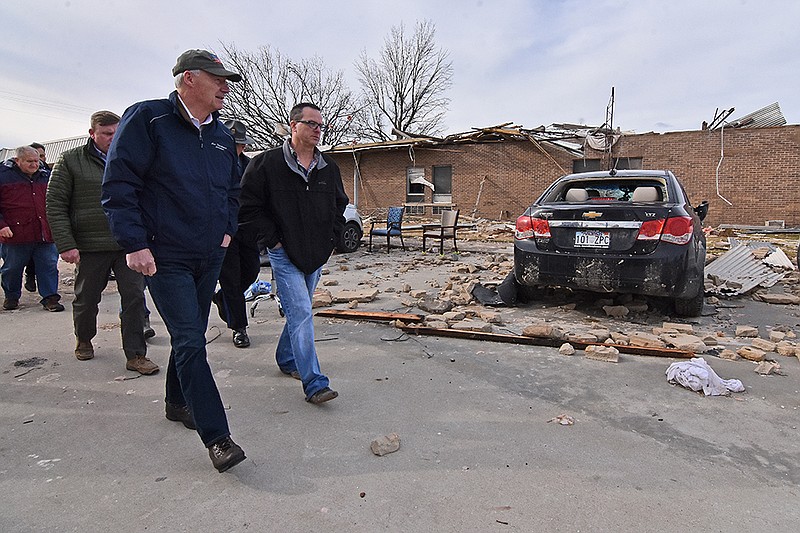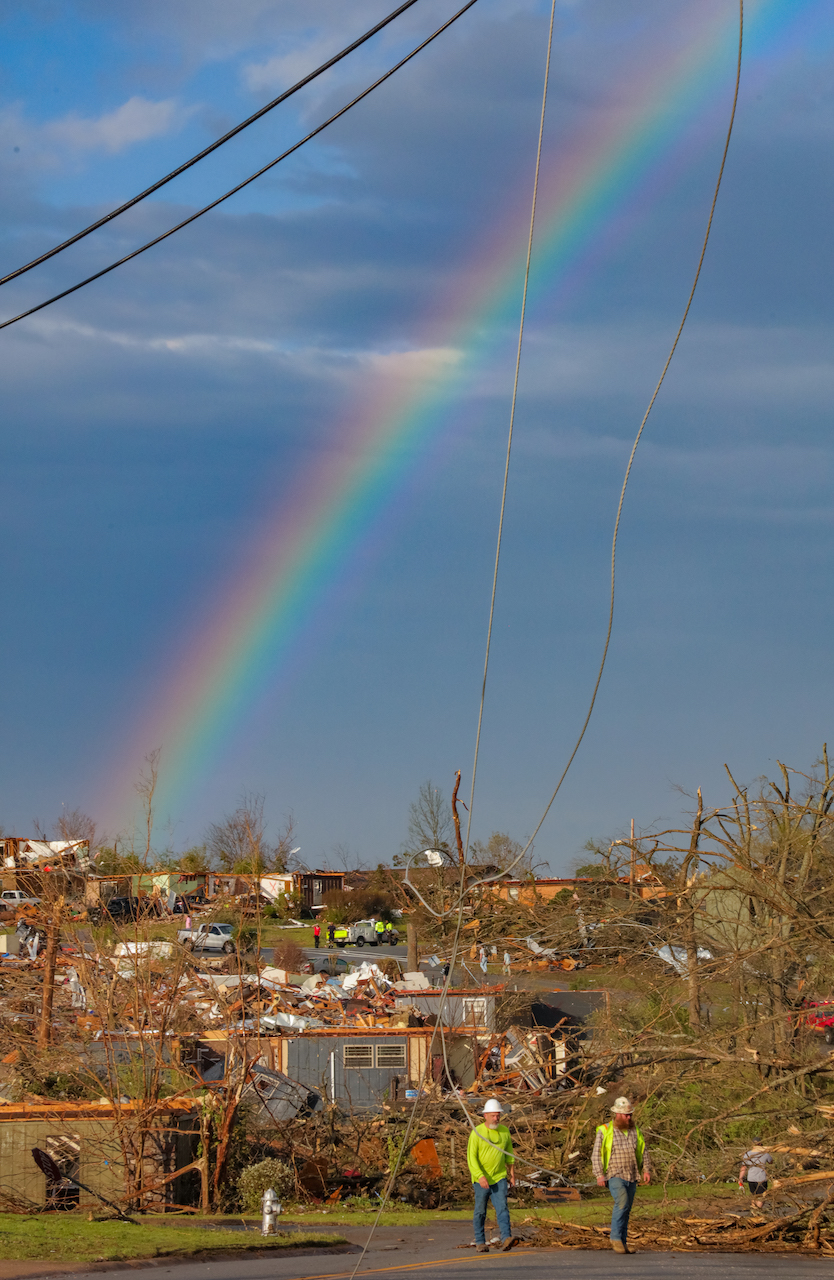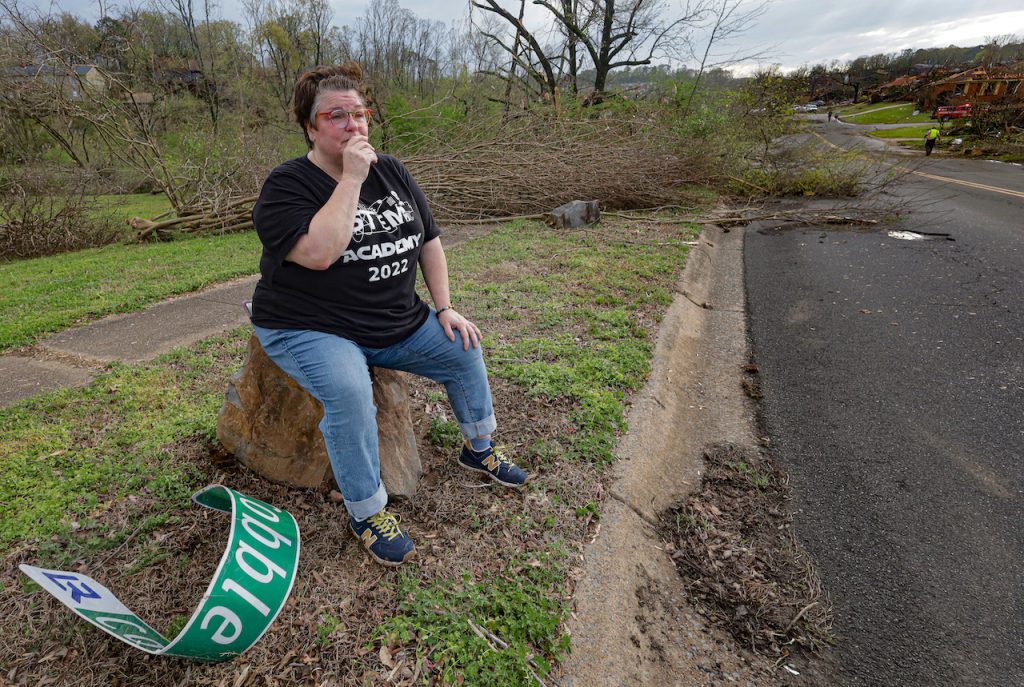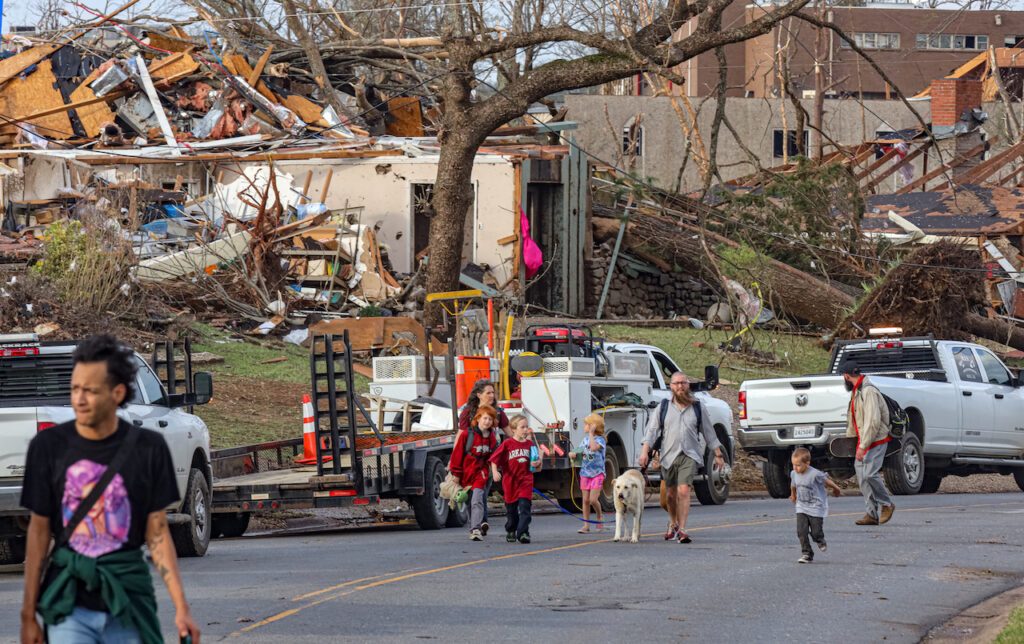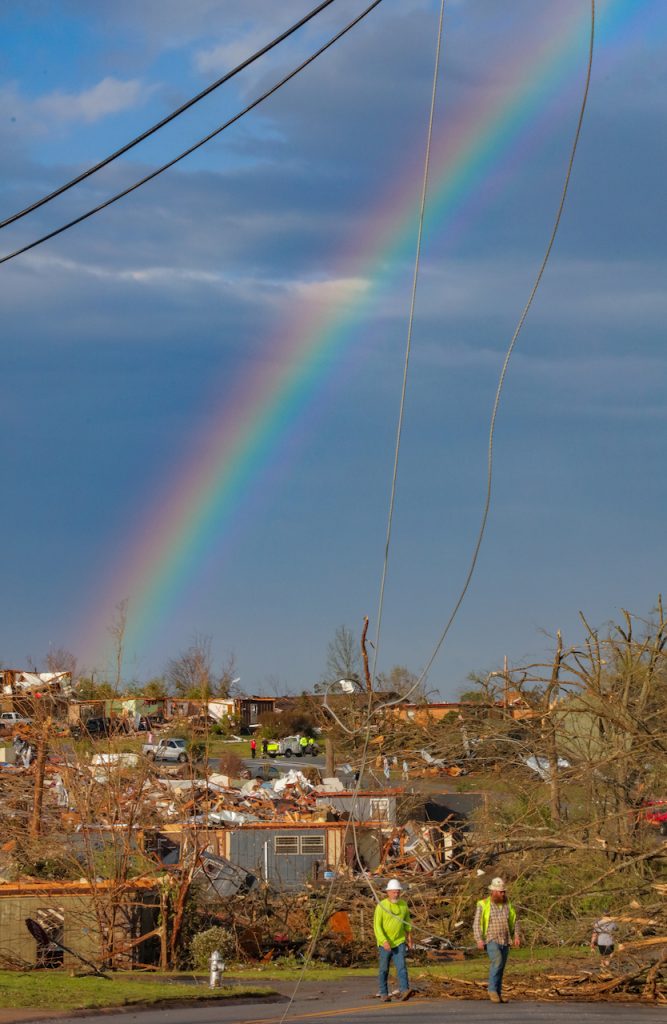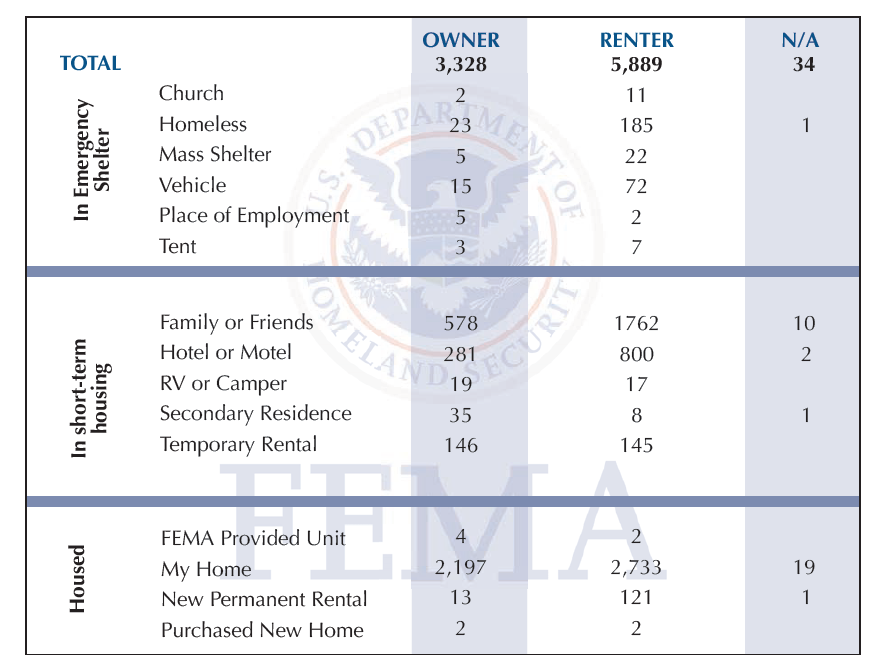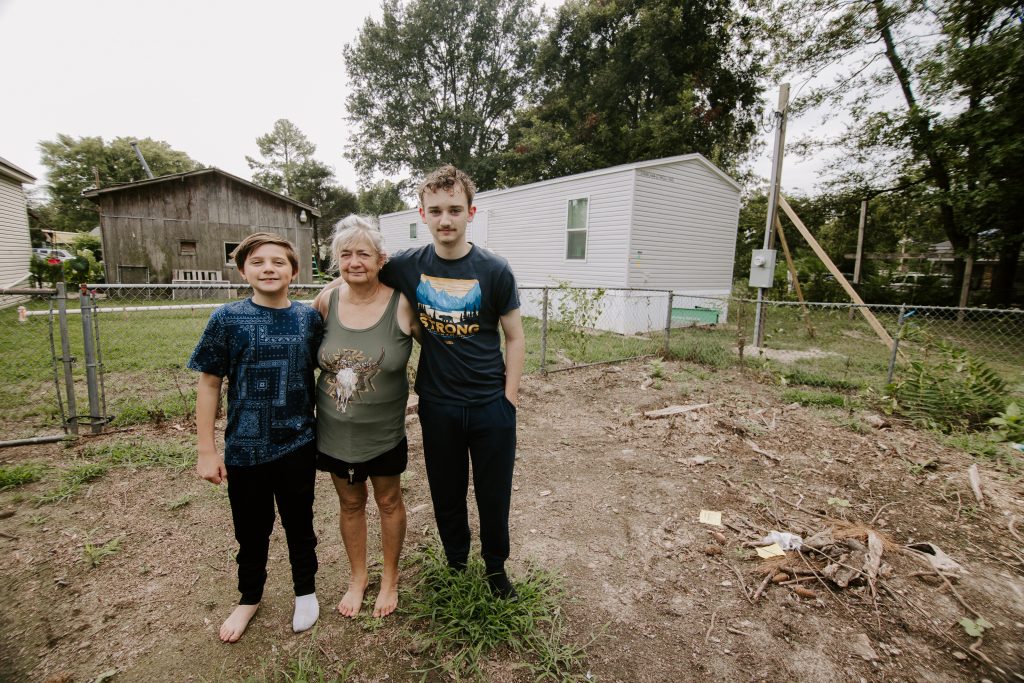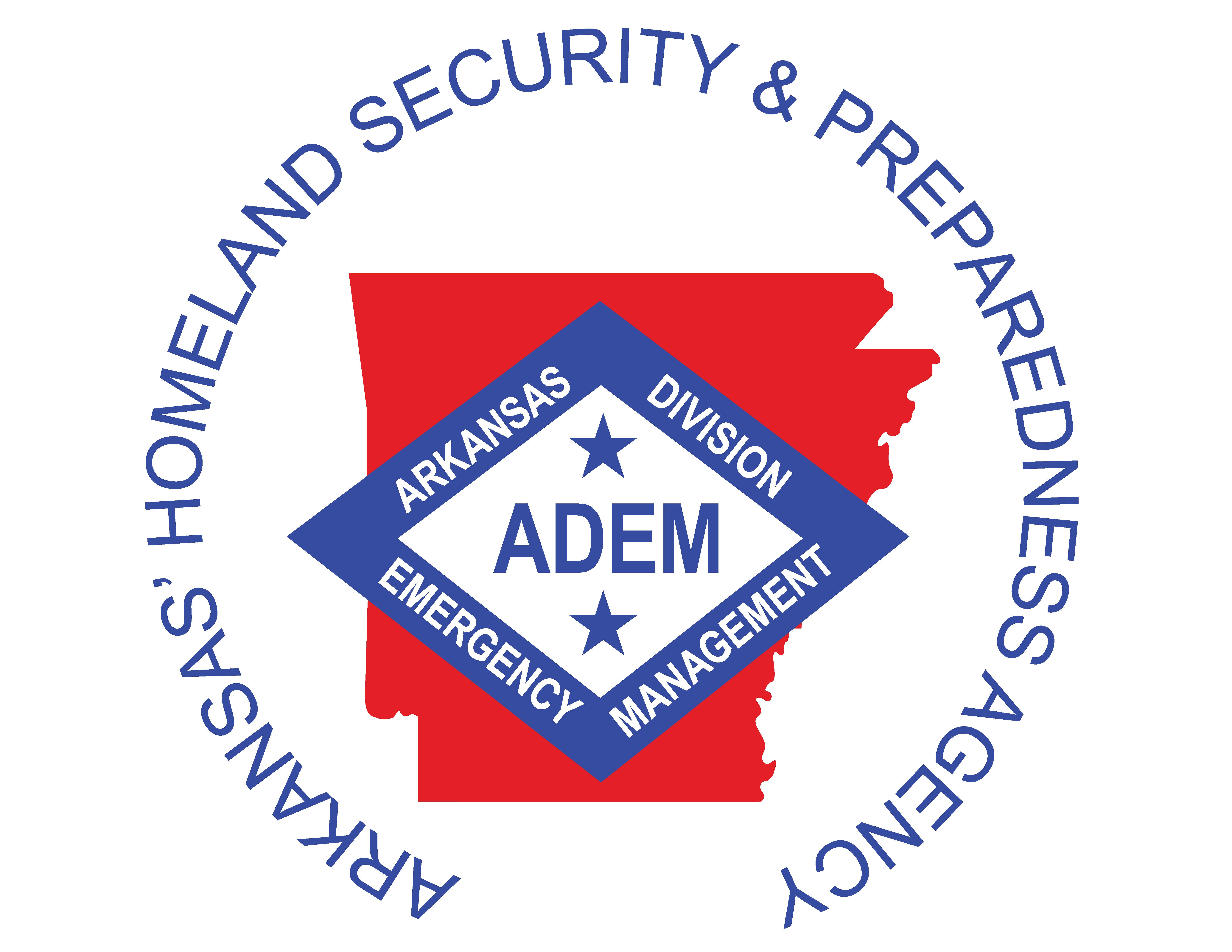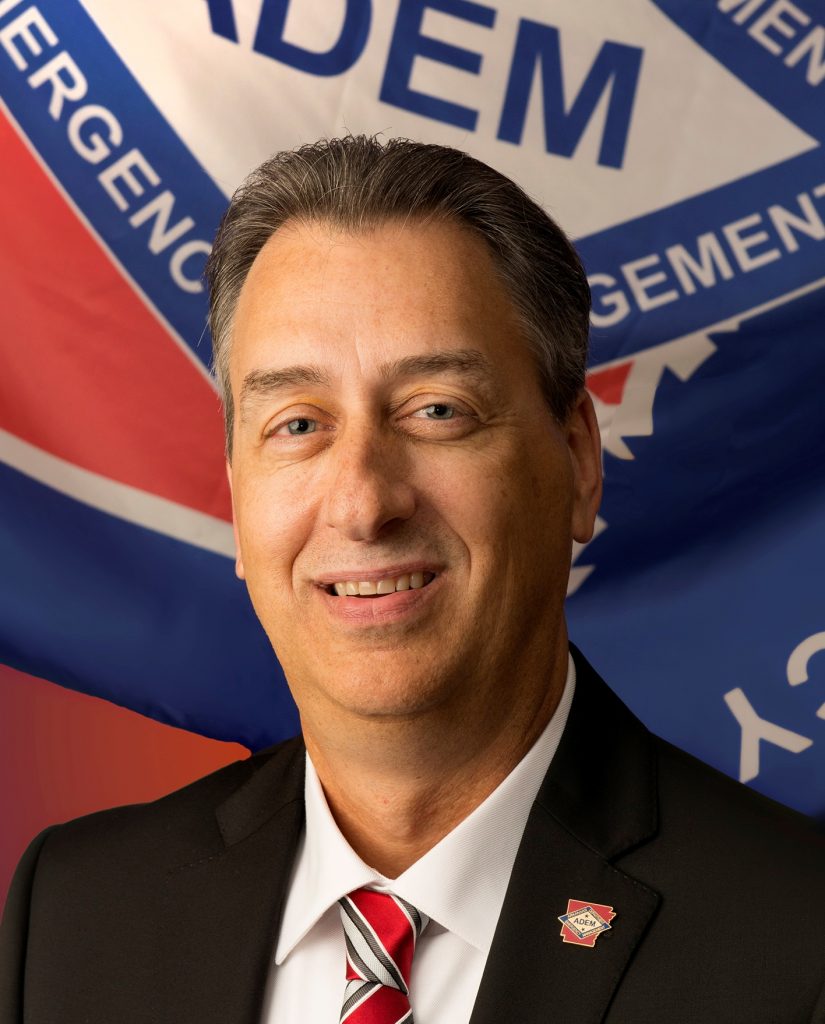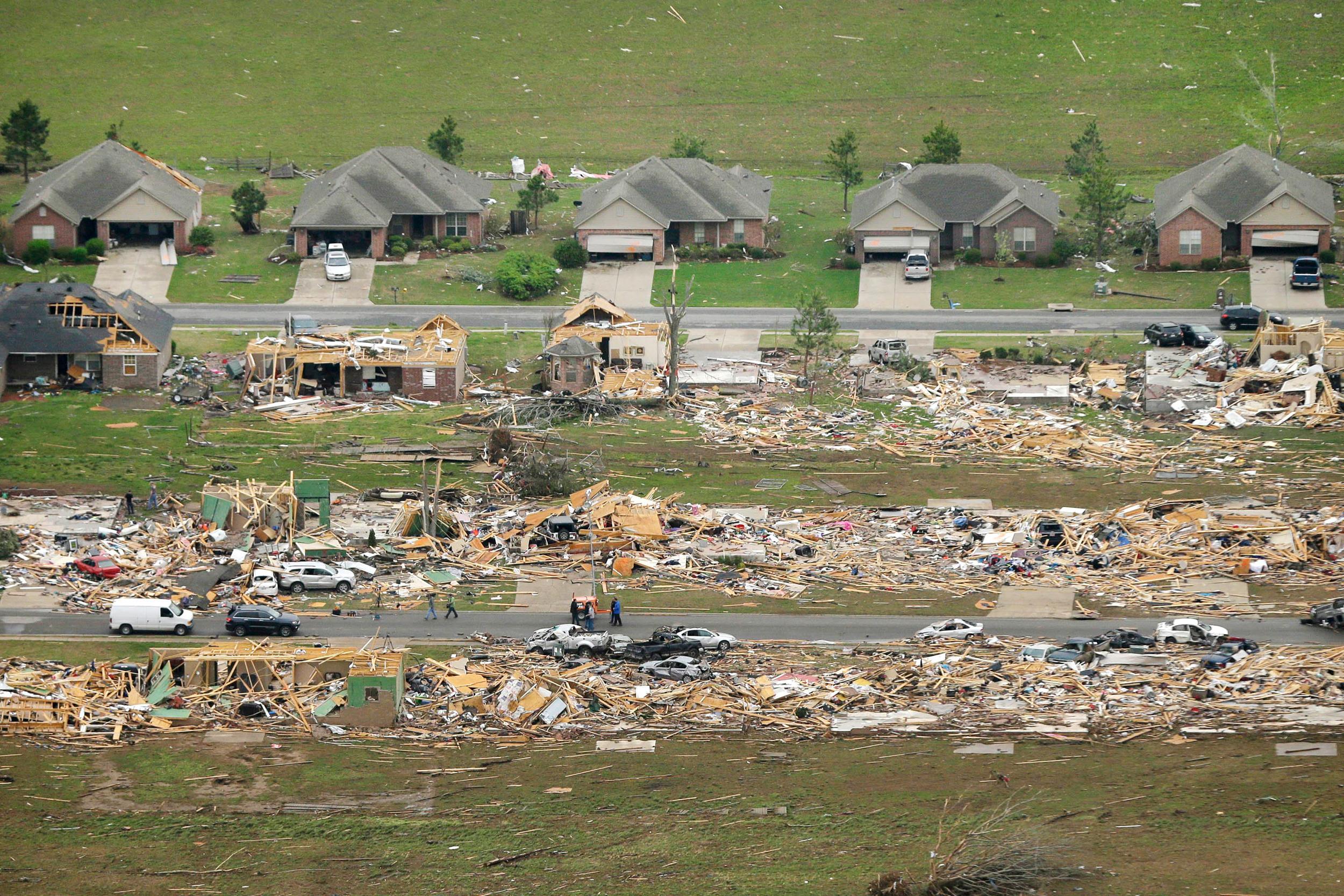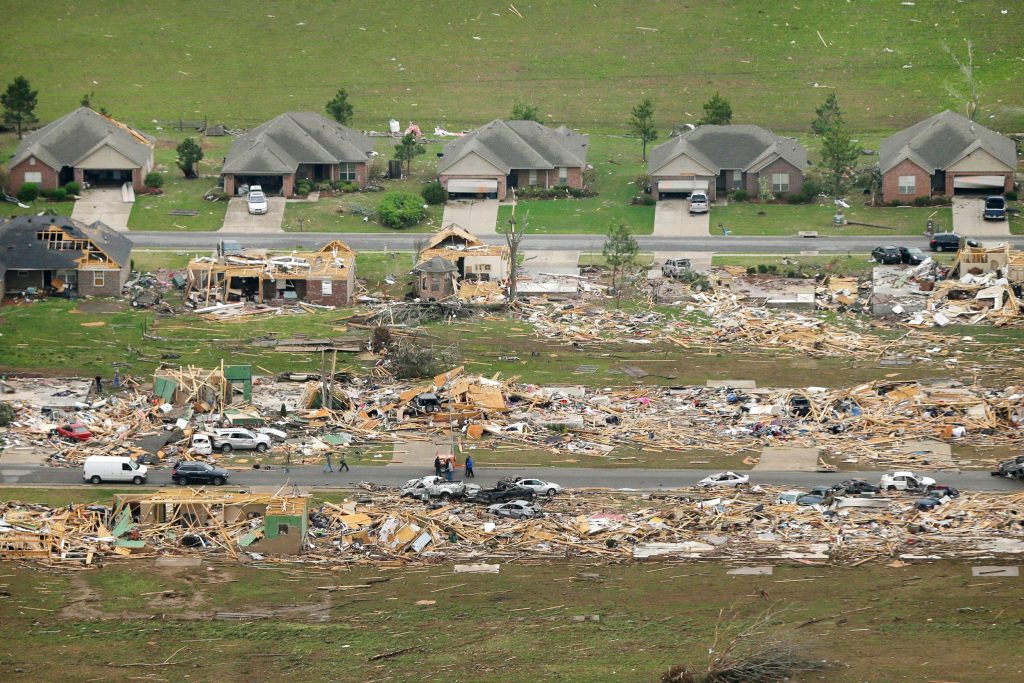Wynne, Ark. (Oct. 12, 2023) – Cross County Community Foundation, an affiliate of Arkansas Community Foundation, announced more than $371,000 in tornado recovery grants to 22 organizations serving Wynne. Grants were selected by a committee of local leaders who live and work in the affected communities and representatives of the Community Foundation.
“Our community was hit so hard by the storms in March and people are still working to recover. It’s a an honor to support nonprofits helping people rebuild their lives,” said Keeli Smith, executive director of the Cross County affiliate. “The generosity of the Wynne community and surrounding areas has been astounding.”
A full list of tornado recovery grantees can be found at www.arcf.org/tornadogrants.
This year, Cross County Community Foundation is also celebrating its 20th anniversary. To mark this milestone, the local board is hosting a grant reception at 6:00 p.m. on Oct. 17 at the Delta Gin Event center with donors, community leaders and grantees attending. Local media is invited to attend.
In addition to tornado recovery grants, the Cross County affiliate made more than $30,000 in Giving Tree grants to 14 local nonprofits.
“Our Giving Tree program is our flagship grantmaking initiative. It represents our commitment to and the importance of local decision making to meet local needs,” said Stacie Schlenker, chair of Cross County Community Foundation’s board. “Funding for our Giving Tree grants comes from local individuals and families who want to improve this community. These endowments provide a permanent source of funding for Cross County charities.”
A full list of Giving Tree grantees can be found at www.arcf.org/crosscounty
Cross County Community Foundation makes grants through the Giving Tree program annually. Contact Keeli Smith at crosscounty@arcf.org to learn more about Cross County Community Foundation and their grant opportunities. Or visit www.arcf.org/crosscounty for more information.
###
Arkansas Community Foundation, a statewide nonprofit organization, provides resources, insight and inspiration to build better Arkansas communities – communities where our kids will want to raise their kids. The Community Foundation is the largest grantmaker in the state in the number of grants made each year. Since 1976, the Foundation has provided more than $393 million to nonprofits. The Foundation staff works directly with donors, professional advisors and nonprofits to help strengthen Arkansas communities through strategic philanthropy and focusing on local needs. Its assets rank among the top 60 out of more than 800 community foundations in the United States. Serving statewide and local initiatives, the Community Foundation helps connect those who want to give to causes they care about. Contributions to Arkansas Community Foundation, its funds and any of its 29 affiliates are fully tax deductible.





